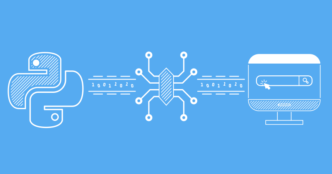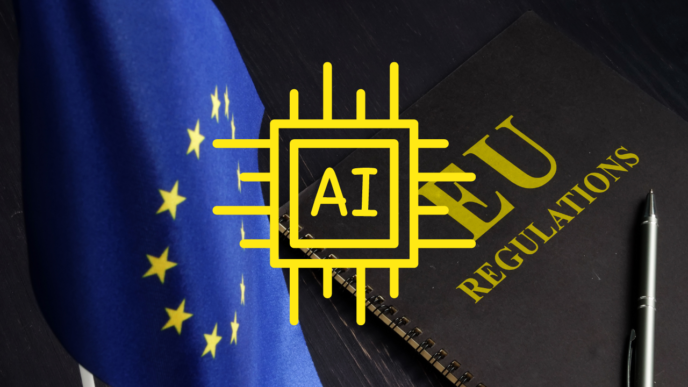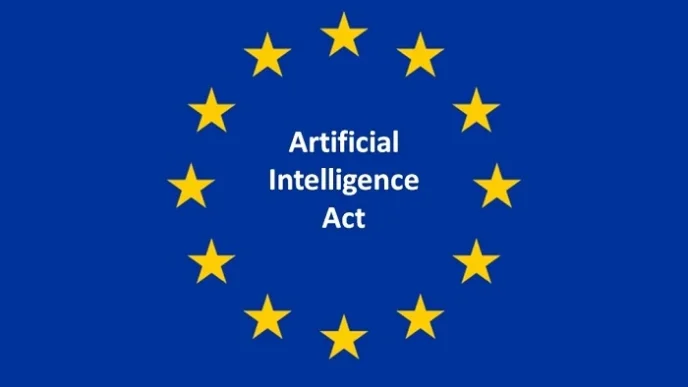We take the net for granted. The internet is a vast ocean of data that simply works. Behind the scenes, tiny bots—called crawlers—roam the web day and night. They scan millions of websites. They fuel search engines, set competitive prices, and keep digital archives alive.
Today, a new breed of crawlers is stirring up trouble. AI-powered crawlers now make up half of all internet traffic. Their hunger for data is unprecedented. In their quest, they risk unbalancing a system once built on cooperation.
The Hidden World of Web Crawlers
Web crawlers are unsung heroes. They visit websites and collect data that powers search engines like Google. They help users find relevant content. And they serve as tools for research, security, and accessibility.
Key Roles of Crawlers:
- Search Engines: They index content to provide quick search results.
- Price Comparisons: Sites like Amazon and Kayak rely on them to set competitive prices.
- Digital Archives: They preserve historical records and enable academic research.
- AI Training: They feed data to AI systems, helping them learn and improve.
In the early days, crawlers and websites worked together. Sites allowed bots to roam freely. They even used simple files, like robots.txt, to guide them. The rules were light. The risk seemed low.
Rise of AI Crawlers: A New Challenge
AI has changed the game. Traditional crawlers were gentle guests. But AI crawlers act like invasive species. They have an insatiable appetite. They scoop up everything—from Wikipedia articles to social media posts.
Some Stats to Note:
- 50% of Traffic: Crawlers now drive half of the internet’s traffic.
- 25% Blocked: Since mid-2023, over 25% of high-quality web data is blocked by new restrictions.
- Global Impact: Major platforms like Cloudflare now support 20% of global traffic and are fighting back.
AI crawlers are not picky. They grab text, images, audio, and video. Their data harvest fuels systems like ChatGPT. This rapid data collection is both powerful and problematic.
The Battle for Data: Websites Fight Back
Websites are fighting a new battle. They fear that AI crawlers could steal their hard-earned content. Big players worry that AI might take their readers, ad revenue, or even creative work. In response, sites are locking down their data.
Legal and Legislative Push
Legal battles are heating up. High-profile lawsuits have emerged. Major publishers, like the New York Times, have sued for copyright breaches. New laws, such as the EU AI Act, aim to let content owners opt out of AI training.
- Copyright Suits: Websites are taking legal action.
- New Legislation: Governments are stepping in to protect rights.
- Long-Term Battles: Court cases may take years to resolve.
Tech Innovations in Anti-Crawling
As legal tools take time, websites turn to technology. Anti-crawling solutions are becoming common. Startups such as TollBit and ScalePost offer new tools. They detect and block unauthorized bots. Even major players like Cloudflare have joined the fight.
- Detection Tools: Software now flags unwanted traffic.
- Blocking Mechanisms: Sites use CAPTCHAs, login walls, and paywalls.
- Registration Requirements: Bots must now register before accessing content.
These measures protect valuable data. But they also risk locking out friendly bots. Non-AI crawlers used for security, accessibility, or academic research may suffer too.
The Impact on Content Creators and Users
The crawler wars are not just a tech issue. They hit real people. Small creators—bloggers, independent artists, and educators—feel the pressure. They face two choices: hide their work behind paywalls or pull it offline.
Effects on the Community
- Restricted Access: More websites now use logins and paywalls.
- Hindered Research: Journalists and academics lose easy access to data.
- User Frustration: Everyday users face more hurdles when browsing.
- Innovation at Risk: Open data fuels creativity and progress.
Many fear the open internet is shrinking. Exclusive contracts with AI companies may lead to digital silos. Big corporations can navigate these barriers. But small creators could be left behind.
The Future of the Open Internet: A Divided Web?
The internet is at a crossroads. If current trends continue, we could see a more segmented web. Some parts of the net will welcome only licensed traffic. Others will be locked behind rigid barriers.
What Does This Mean?
- Exclusive Data Islands: Only major companies might access certain data pools.
- Loss of Transparency: The free flow of information could be stifled.
- Diminished Biodiversity: A vibrant, diverse web may be replaced by closed systems.
- User Experience Declines: Frequent logins, paywalls, and CAPTCHAs may become the norm.
The consequences stretch far. Academic research, journalistic investigations, and public services might suffer. The free exchange of ideas is at risk.
What Can We Do?
We must balance protection with openness. A thoughtful approach can preserve the benefits of the open web while defending creators’ rights.
Steps Forward
- Advocate for Fair Laws: Support policies that protect content without stifling innovation.
- Develop Open Standards: Encourage guidelines that differentiate between harmful and helpful bots.
- Promote Transparency: Ensure that any access restrictions are clear and fair.
- Support Small Creators: Offer tools and platforms that help them thrive in this changing landscape.
Collaboration is key. Policymakers, tech companies, and content creators must work together. This way, we can keep the web open and diverse.
Conclusion
The digital battleground is shifting. AI crawlers are reshaping how data flows across the internet. They bring speed and power—but also challenges. As websites close off their treasures, the open internet risks becoming a fragmented, exclusive space.
The stakes are high. The open web fuels innovation, research, and creativity. We must find a balance. Laws, technology, and fair practices can preserve this vital resource. The fight is on, and its outcome will define the future of our digital lives.
The next steps are critical. We need smart policies and collaborative solutions. By doing so, we ensure that the net remains a place for everyone—a place where both big players and small creators can thrive.











